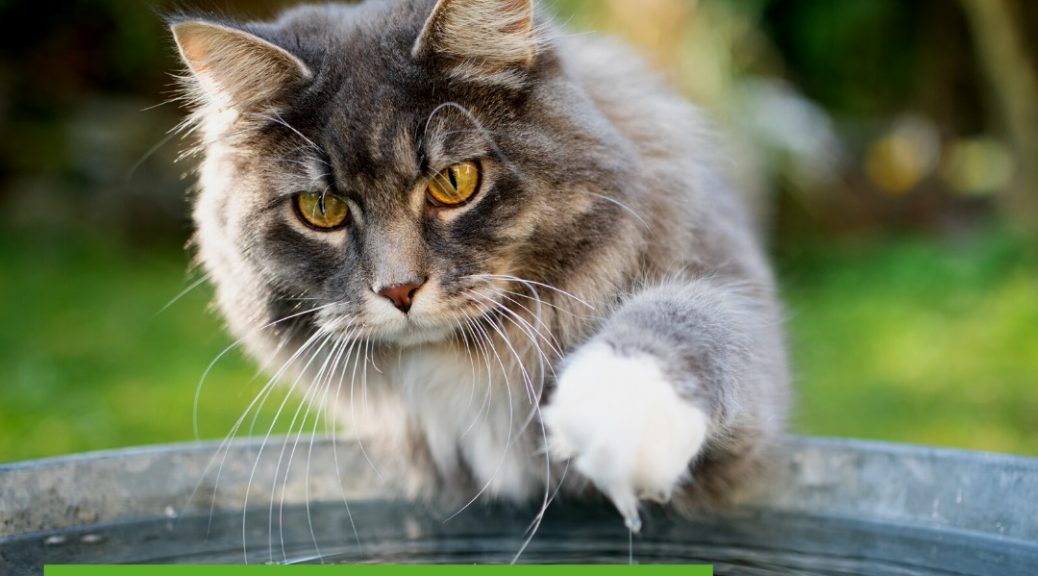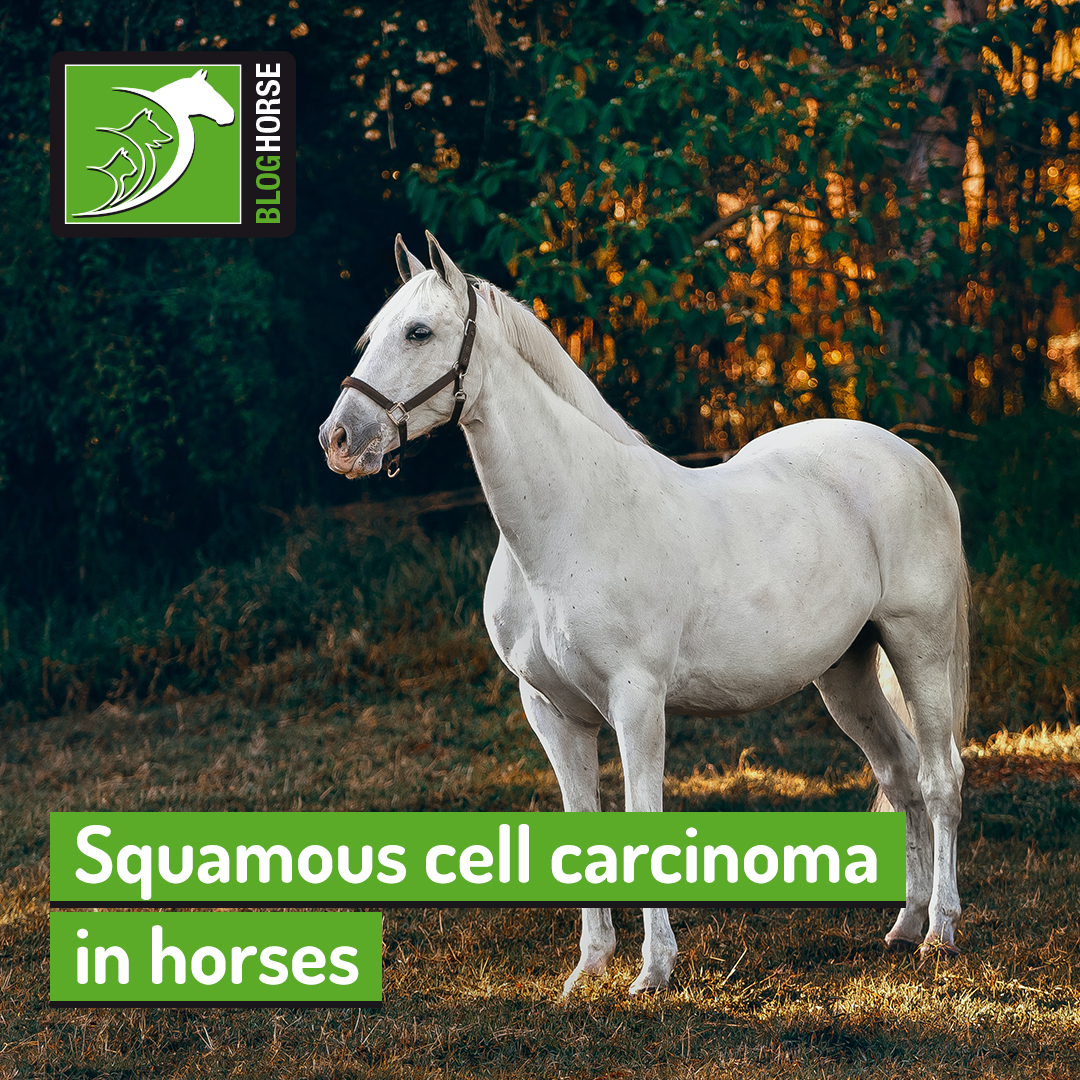Did you know that insufficient water intake can be a risk factor for urinary issues in cats?
Urinary problems are some of the most common health issues in cats, which is why making sure that your cats are drinking enough water is essential to keep them healthy.
However, our feline friends can be quite particular about staying hydrated! Keep reading to find out how you can encourage your feline friends to drink-up!
Food and water intake
Cats should ingest about 50ml of water per kg of body weight daily. This means that a cat weighing 4kg should be taking in 200ml of water per day.
While some of their daily water needs will be met through their food, this is not enough to ensure an adequate water intake, even if they’re eating wet food.
This is why we need to make sure that they also have drinking water sources available and that they actually use them!
How to increase your cat’s water intake
Many owners provide water for their cats in a single bowl or fountain, which is placed close to their food.
But cats don’t like having their food and water near each other, so this might not be the best strategy, however practical it may be.
Here are a few suggestions on how to provide water to your cats that can help encourage their water intake:
- Consider experimenting with different-sized bowls made from different materials to understand your cat’s preferences. Some cats will love to drink from small bowls (< 15 cm diameter), but others will prefer larger ones due to whisker fatigue. This is where a cat’s whiskers begin to hurt as a result of drinking from a bowl that is too big.
- Have several sources of water available around the house, preferably in different rooms than the one in which they eat and away from their litter tray as well.
- If your cat has outdoor access, make sure that they have water sources available outside as well.
- Some cats prefer drinking running water, so if you see your cat rushing to you whenever you turn on the tap, consider getting a fountain. Remember that every cat has their preference, so your cat might love the water fountain or simply ignore it completely.
- Try adding some ice cubes to your cat’s water to spike their interest and keep it cool on hot days.
- Regularly check that their water sources are full and clean.
- And if you have more than one cat, consider providing a mix of bowls and fountains to address different preferences.
Watch out for what your cat drinks
It’s common for owners to see their cats drinking from glasses, puddles or even ponds if they have outdoor access.
Though it’s unclear whether cats do this because they dislike their water sources at home or because they simply enjoy exploring, it’s important to keep an eye on what they’re drinking to make sure that it’s nothing harmful.
If you start noticing that your cat’s drinking behaviour changes and that they are drinking a lot less or more than usual, be sure to contact your vet for a health check.
Would you like to know more about cats? Check our Feline Courses:
Feline courses



